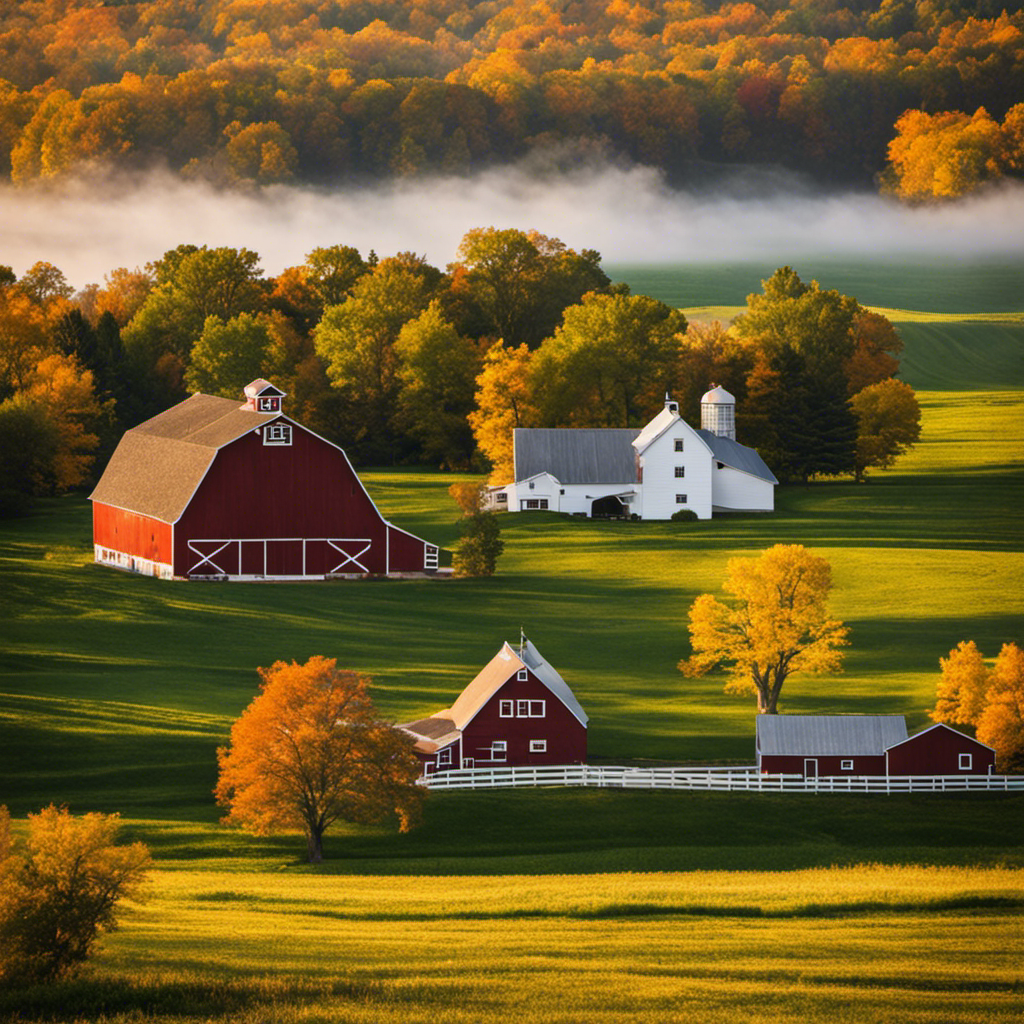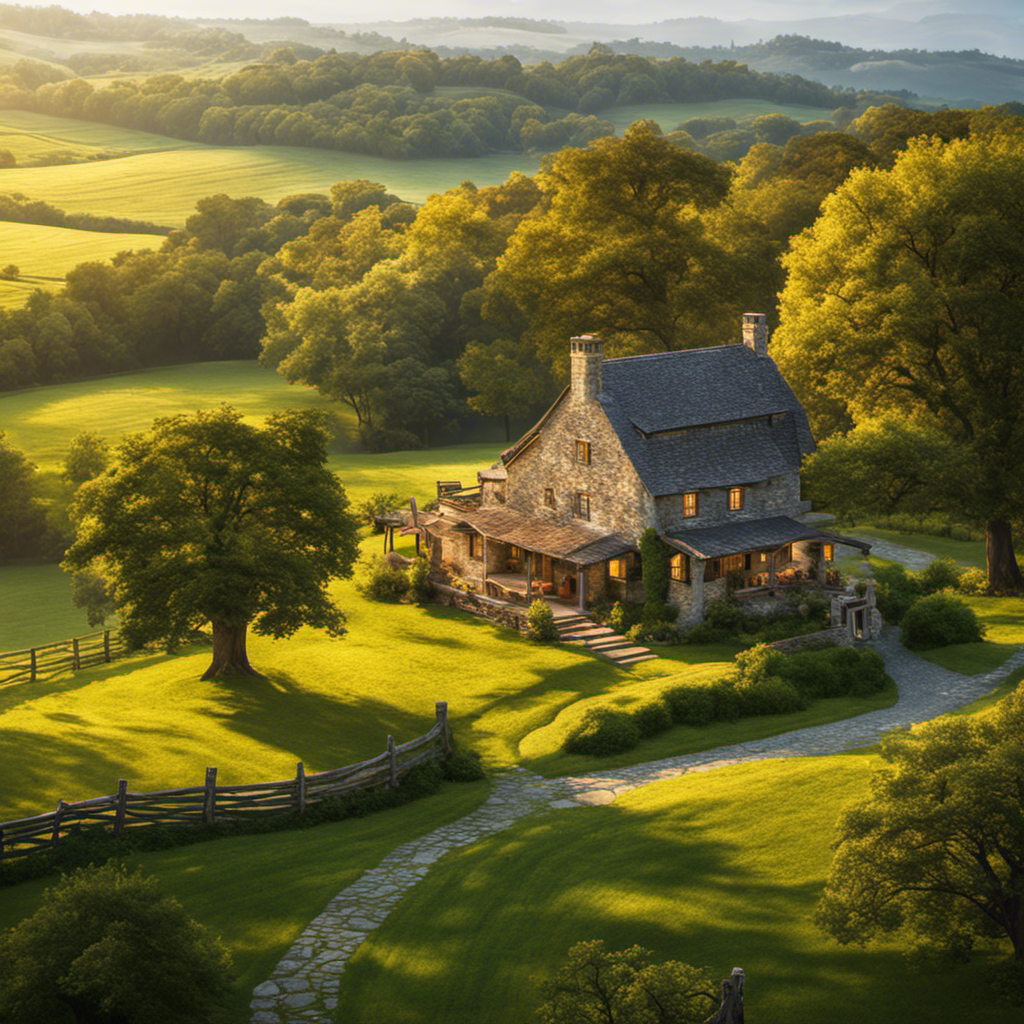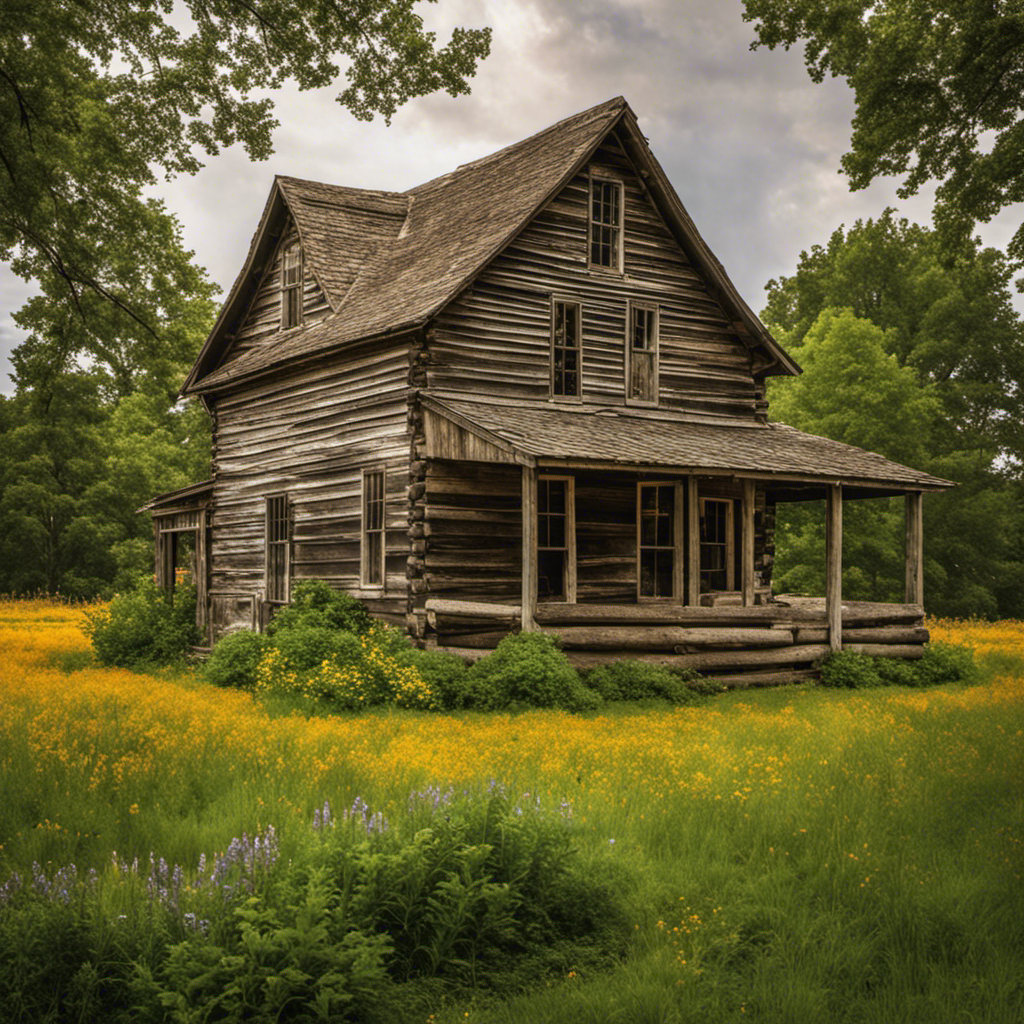Are you ready for a unique journey ahead?
Get ready to explore the diverse regions of the United States, where captivating history, breathtaking landscapes, and vibrant cities await you.
From the charming streets of New England to the majestic Rocky Mountains, this incredible country has something for everyone.
So grab your map and get ready to embark on a journey that will leave you in awe.
It’s time to discover the beauty and uniqueness of the United States.
Let’s go!
Key Takeaways
- The Northeast and Mid-Atlantic regions have a rich history and played pivotal roles in shaping the nation’s history.
- The Southeast region offers stunning natural wonders, vibrant cultural traditions, and renowned cuisine.
- The Midwest region thrives in manufacturing, technology, and agriculture, and showcases cultural diversity.
- The Southwest region boasts culinary delights, breathtaking landscapes, and vibrant festivals and cultural celebrations.
- The West region offers diverse beauty, outdoor activities, major cities contributing to cultural vibrancy, and a high concentration of national parks.
- Alaska and Hawaii have unique landscapes, cultural influences, and indigenous communities that shape their identities.
- The Great Plains region showcases vast landscapes, majestic wildlife, and rich wildlife diversity.
- The Rocky Mountains region offers towering peaks, cascading waterfalls, crystal-clear alpine lakes, and a rich array of wildlife.
- Exploring the diverse regions of the United States allows one to discover awe-inspiring beauty, cultural richness, unique stories, and histories.
Northeast Region: New England and Mid-Atlantic
You should explore the unique history and culture of the Northeast Region, specifically the New England and Mid-Atlantic states.
The Northeast is rich in history, with its roots dating back to the early settlers and the American Revolution. New England, consisting of states like Massachusetts and Connecticut, played a pivotal role in shaping the nation’s history.
On the other hand, the Mid-Atlantic states, including New York and Pennsylvania, developed into major economic hubs during the industrial revolution. While both regions have historical significance, their economic development took different paths.
New England became known for its manufacturing industries, while the Mid-Atlantic states thrived in finance and trade. Exploring the history and culture of the Northeast region allows you to witness the contrasting economic development of these two distinct areas.
Southeast Region: From Virginia to Arkansas
While exploring the Southeast Region from Virginia to Arkansas, you’ll discover a diverse range of landscapes, from the Blue Ridge Mountains to the Mississippi River. This region is rich in history and cultural traditions, offering plenty of attractions for visitors to explore.
Here are four notable aspects of the Southeast Region:
-
Historical landmarks: From the iconic Monticello in Virginia, the former home of Thomas Jefferson, to the historic district of Charleston, South Carolina, with its beautiful antebellum architecture, the Southeast Region is dotted with significant historical landmarks that offer a glimpse into the past.
-
Cultural traditions: Whether it’s the lively jazz scene in New Orleans, Louisiana, or the traditional Appalachian music in the Blue Ridge Mountains, the Southeast Region is steeped in vibrant cultural traditions that have shaped its identity.
-
Natural wonders: From the picturesque Great Smoky Mountains National Park in Tennessee to the breathtaking beaches of Florida’s Gulf Coast, the Southeast Region boasts a stunning array of natural wonders that are sure to captivate any nature lover.
-
Cuisine: The Southeast Region is renowned for its mouthwatering cuisine, including dishes like shrimp and grits in South Carolina, barbecue in Tennessee, and fried chicken in Kentucky. Exploring the food scene here is a culinary adventure in itself.
Midwest Region: Upper and Lower Midwest
Discover the unique characteristics and diverse landscapes of the Upper and Lower Midwest regions, from the bustling cities of Chicago and St. Louis to the picturesque farmlands of Iowa and Nebraska.
The Midwest is known for its strong emphasis on economic development, with thriving industries in manufacturing, technology, and agriculture.
The region’s cultural diversity is also evident, with vibrant communities representing a wide range of ethnic backgrounds. In cities like Chicago, you can experience a melting pot of cultures, from the rich traditions of Polish and Italian communities to the vibrant Mexican and Chinese neighborhoods.
Meanwhile, the rural areas of the Midwest showcase the agricultural heritage of the region, with vast fields of corn and soybeans stretching as far as the eye can see.
Whether you’re exploring the urban centers or the peaceful countryside, the Midwest offers a unique blend of economic prosperity and cultural richness.
Southwest Region: Texas, Oklahoma, New Mexico, and Arizona
Let’s delve into the vibrant culture and rich history of the Southwest Region, where Texas, Oklahoma, New Mexico, and Arizona come together.
-
Exploring the cultural diversity and cuisine of the Southwest Region: From Tex-Mex dishes like enchiladas and tacos to Native American-inspired cuisine like fry bread and green chili stew, the Southwest Region is a culinary delight. The blend of Mexican, Native American, and American influences creates a unique and flavorful food culture.
-
The impact of Native American tribes on the Southwest Region: Native American tribes such as the Navajo, Apache, Hopi, and Pueblo have a deep-rooted history in the Southwest. Their traditions, art, and spirituality have greatly influenced the region, with their ancient ruins, intricate pottery, and colorful textiles serving as a testament to their rich heritage.
-
The breathtaking landscapes of the Southwest: From the vast deserts of Arizona to the towering mesas of New Mexico, the Southwest Region is home to some of the most awe-inspiring natural wonders. Explore the Grand Canyon, hike through the red rocks of Sedona, or witness the otherworldly beauty of White Sands National Park.
-
The fusion of cultures in the Southwest Region: The Southwest Region is a melting pot of cultures, where Mexican, Native American, and cowboy traditions blend harmoniously. Experience vibrant festivals like Cinco de Mayo, witness traditional dances at pueblo celebrations, or attend a rodeo to get a taste of the unique cultural tapestry that defines the Southwest.
West Region: Mountain and Pacific States
You should explore the stunning landscapes of the West Region, from the majestic mountains in Colorado to the picturesque coastlines of Washington and California.
The West Region offers a wide range of outdoor activities and scenic landscapes that will leave you in awe. In Colorado, you can hike through the towering peaks of the Rocky Mountains and experience the thrill of skiing down pristine slopes.
Head west to Washington and be captivated by the rugged beauty of Olympic National Park, where you can hike through old-growth forests and witness breathtaking waterfalls.
And don’t forget about the iconic coastlines of California, where you can surf the waves in Santa Cruz or take a leisurely stroll along the sandy beaches of Malibu.
Whether you’re into hiking, skiing, or simply enjoying the beauty of nature, the West Region has something for everyone.
Unique Regions: Alaska and Hawaii
Explore the fascinating wildlife and mesmerizing landscapes of Alaska and Hawaii, each boasting their own distinctive charm and allure.
-
Alaska, known as ‘The Last Frontier,’ is home to breathtaking glaciers, towering mountains, and abundant wildlife like bears and eagles. Its unique attributes include the vastness of its wilderness and the opportunity to witness the stunning Northern Lights.
-
Hawaii, a tropical paradise, enchants visitors with its lush rainforests, stunning waterfalls, and pristine beaches. Its volcanic landscapes, like the iconic Mauna Loa and Kilauea, offer a glimpse into the earth’s raw power. Cultural differences in Hawaii are evident in the vibrant Polynesian traditions, hula dancing, and the welcoming ‘Aloha spirit.’
-
Alaska’s culture is shaped by its indigenous communities, such as the Tlingit, Yupik, and Inupiat, who’ve a deep connection to the land and sea. The state’s rugged terrain and harsh climate have influenced a resilient and self-sufficient way of life.
-
Hawaii’s unique culture is a blend of Polynesian, Asian, and Western influences. The native Hawaiian language, hula, and ukulele are cherished traditions that celebrate the islands’ rich history. The Aloha spirit, a sense of warmth, hospitality, and respect, permeates Hawaiian society.
Embark on a journey to Alaska and Hawaii and experience the awe-inspiring beauty and cultural richness of these remarkable destinations.
Additional Regions: Great Plains and Rocky Mountains
Discover the vast landscapes and diverse wildlife found within the Great Plains and Rocky Mountains regions of the United States. As you explore these regions, you’ll be awestruck by the breathtaking beauty that surrounds you.
In the Great Plains, you’ll be greeted by expansive prairies stretching as far as the eye can see, dotted with majestic bison and graceful pronghorn antelope.
Moving westward into the Rocky Mountains, you’ll be immersed in towering peaks, cascading waterfalls, and crystal-clear alpine lakes. The Rocky Mountains are home to a rich array of wildlife, including elk, mountain goats, and elusive mountain lions.
As you delve deeper into these regions, you’ll also have the opportunity to discover the unique cultures and histories of Alaska and Hawaii, each with their own fascinating stories to tell.
Frequently Asked Questions
What Are Some Unique Cultural Differences in the Northeast Region, Specifically in the New England and Mid-Atlantic States?
In the northeast region, particularly in New England and the mid-Atlantic states, you’ll find unique cultural traditions and delicious local cuisine.
From the charming lobster shacks in Maine to the historic clam chowder of Massachusetts, the culinary scene is diverse and mouthwatering.
And when it comes to cultural traditions, you’ll witness the rich history and influence of early European settlers, with vibrant festivals and celebrations that showcase the region’s deep-rooted heritage.
How Does the Geography and Climate of the Southeast Region Differ From Other Regions in the United States?
In the Southeast region, you’ll find a unique blend of geographical features and climatic conditions that set it apart from other regions in the United States.
From the lush, rolling hills of Virginia to the sunny beaches of Florida, the Southeast offers a diverse landscape.
The region experiences a subtropical climate, with hot and humid summers and mild winters.
With its rich biodiversity and beautiful coastlines, the Southeast is a fascinating region to explore.
What Are Some Notable Industries and Economic Activities in the Midwest Region, Both in the Upper and Lower Midwest?
In the Midwest region, both the upper and lower Midwest have notable industries and economic activities.
In the upper Midwest, manufacturing is a key industry, with automotive production being a prominent economic activity.
In the lower Midwest, agriculture plays a significant role, with corn and soybean farming being major economic activities.
These industries and economic activities contribute to the diverse and thriving economies of the Midwest region.
What Are Some Popular Tourist Attractions or Natural Landmarks in the Southwest Region, Specifically in Texas, Oklahoma, New Mexico, and Arizona?
In the Southwest region of the United States, there are some popular tourist attractions and natural landmarks that you absolutely must see.
One of them is the Grand Canyon, which is like a majestic and awe-inspiring masterpiece created by nature.
Another incredible place to visit is the Carlsbad Caverns, where you can explore deep underground caves and witness stunning rock formations.
These attractions will leave you speechless and give you memories to cherish forever.
How Does the Culture and History of Alaska Differ From the Other Regions in the United States?
Alaska’s culture and history stand out among the diverse regions of the United States.
Exploring the unique indigenous cultures in Alaska reveals a rich tapestry of traditions and customs. From the Yupik and Inupiaq people of the Arctic to the Tlingit and Haida tribes of the Southeast, Alaska’s native cultures offer a glimpse into a vibrant and ancient way of life.
Additionally, Alaska’s historical significance sets it apart, as it was purchased from Russia in 1867 and became an American territory, contributing to the expansion and development of the United States.
How Can I Incorporate Farmhouse Style in Different Regions of the United States?
To achieve an essential farmhouse style dining room in different regions of the United States, it is crucial to focus on key elements. Start by opting for rustic, reclaimed wood furniture paired with vintage-inspired decor and finishes. Incorporate cozy textiles and traditional patterns that reflect the charm of each specific region. Embrace natural materials and earthy color palettes, while adding regional accents to infuse local flavor into the farmhouse aesthetic.
Conclusion
So, grab your map and get ready to embark on an unforgettable journey through the diverse regions of the United States.
From the charming streets of New England to the majestic Rocky Mountains, this country has something for everyone.
Adventure awaits around every corner, so don’t let this opportunity slip through your fingers.
Remember, the early bird catches the worm, so start planning your trip today and get ready to experience the beauty and uniqueness of this incredible nation.











